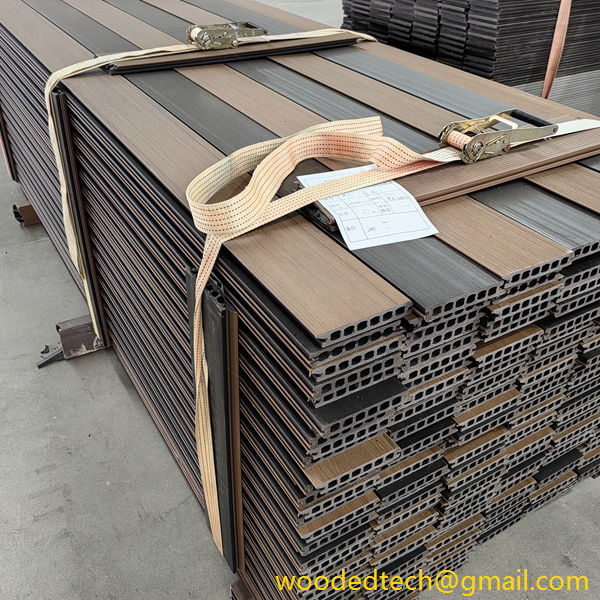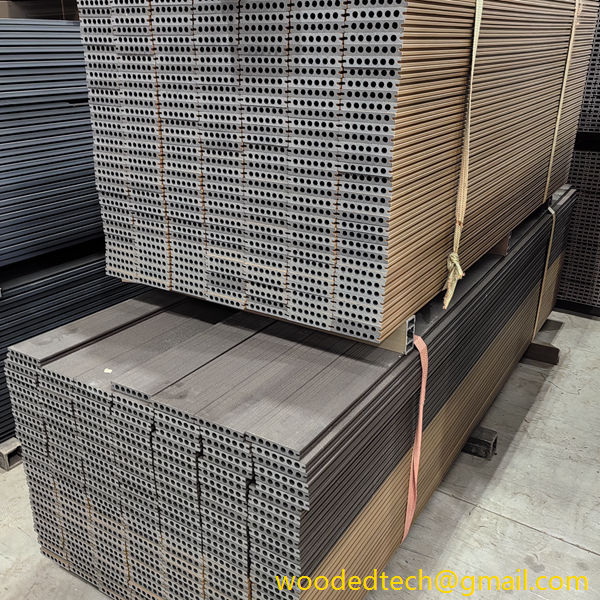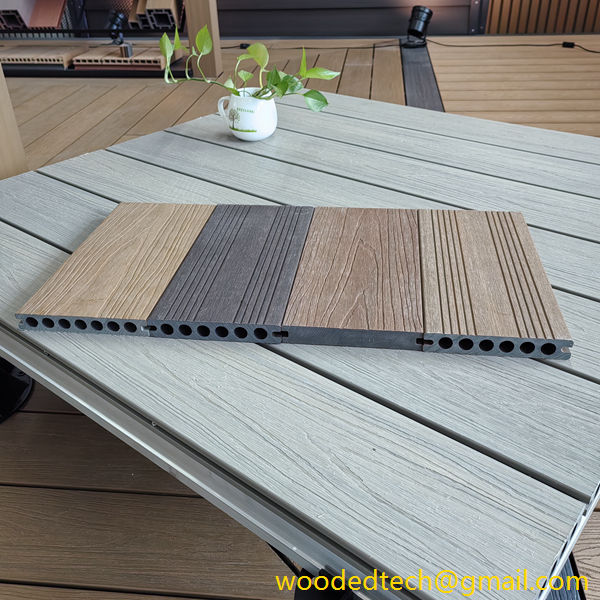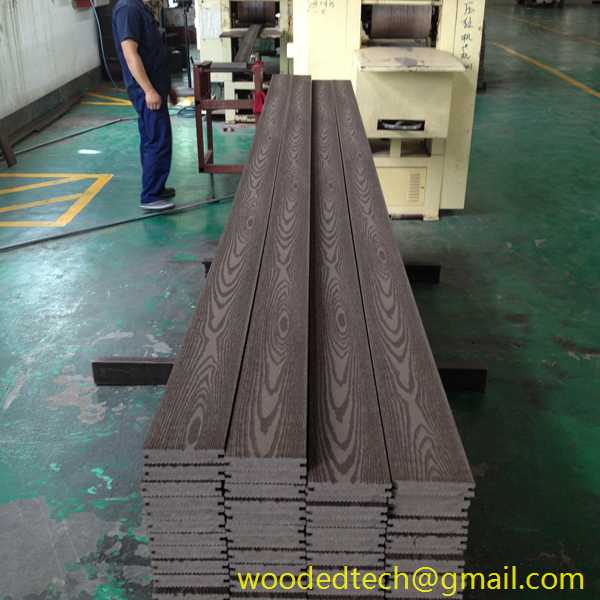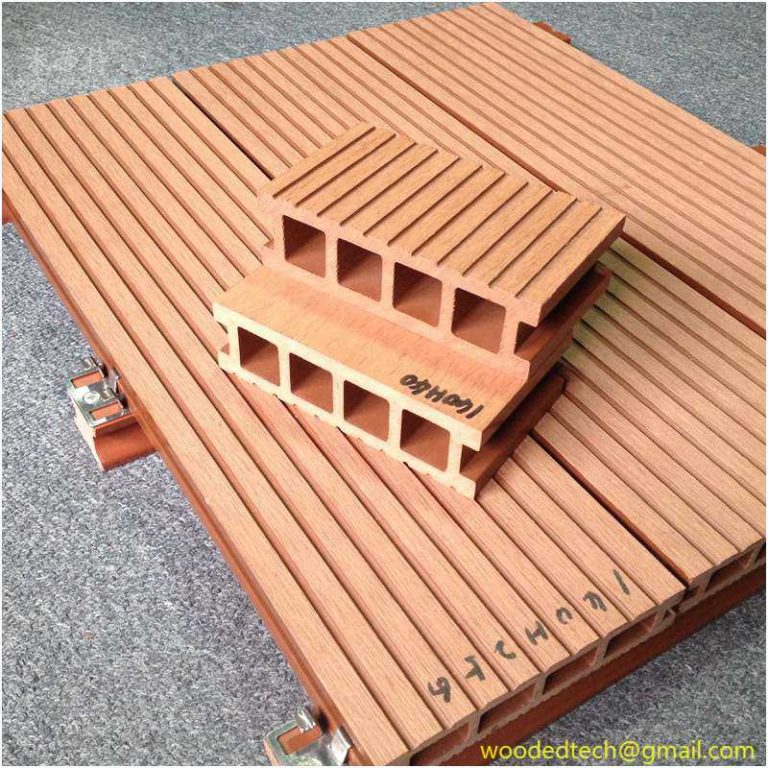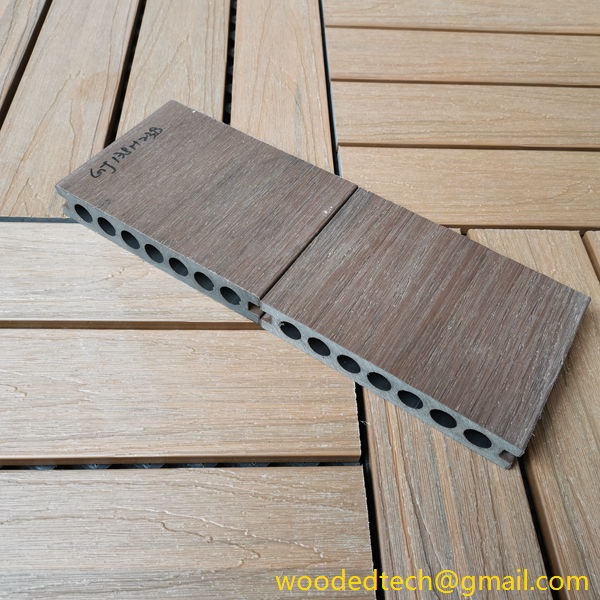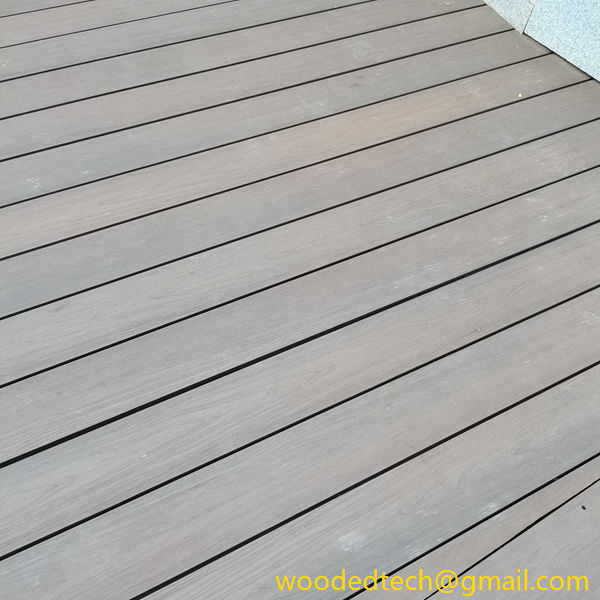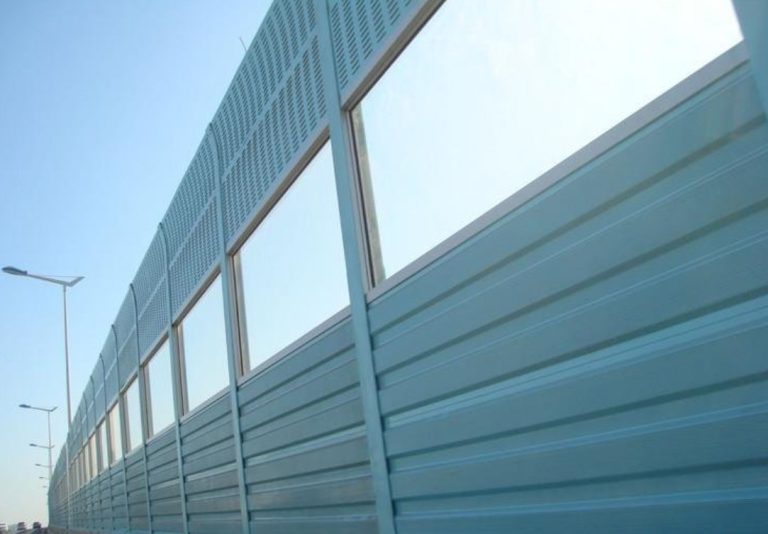Tipi di decking in legno composito: Scopri i diversi tipi di decking in legno composito
Tipi di decking in legno composito: Scoprite i diversi tipi di decking in legno composito Il decking in legno composito è emerso come una scelta popolare per i proprietari di casa che cercano un'alternativa durevole e a bassa manutenzione al legno tradizionale. Grazie alla miscela di fibre di legno e plastica, i rivestimenti in legno composito offrono numerosi vantaggi, tra cui la resistenza alla putrefazione, alle schegge e allo sbiadimento. In questa esplorazione...
Tipi di decking in legno composito: Scopri i diversi tipi di decking in legno composito
Composite wood decking has emerged as a popular choice for homeowners seeking a durable, low-maintenance alternative to traditional wood. With its blend of wood fibers and plastic, composite decking offers numerous benefits, including resistance to rot, splintering, and fading. In this exploration of the various types of composite wood decking, we will delve into the distinctive features, advantages, and considerations of each type, helping you make an informed choice for your outdoor space.
One of the most notable types of composite wood decking is capped composite decking. This type features a protective outer layer made from a polymer that encases the core material, which is typically a mixture of recycled wood fibers and plastic. The cap provides enhanced durability and resistance to moisture, mold, and stains, making it an ideal choice for areas that experience heavy foot traffic or exposure to the elements. Capped composite decking is available in a variety of colors and finishes, allowing homeowners to achieve the desired aesthetic without compromising on performance.
Another popular option is uncapped composite decking. Unlike its capped counterpart, uncapped composite decking does not have a protective layer. While this can make it more susceptible to wear and tear over time, it also tends to be more affordable. Uncapped composite decking is typically made from a blend of wood and plastic, offering a natural wood appearance while minimizing the need for maintenance. However, it is essential to consider that uncapped options may require more frequent cleaning and sealing to maintain their appearance and longevity.
Additionally, there are various grades of composite decking available on the market. These grades are typically categorized based on factors such as material composition, thickness, and warranty. High-grade composite decking may offer more advanced features, such as enhanced fade resistance, better color retention, and extended warranties. In contrast, lower-grade options may be more budget-friendly, but they often come with compromises in terms of durability and visual appeal.
When exploring composite wood decking, it is also important to consider the manufacturing processes involved. Some brands prioritize sustainability by using recycled materials in their composite products. This eco-friendly approach not only reduces waste but also provides an opportunity for homeowners to make environmentally conscious choices. Additionally, certain manufacturers utilize innovative technologies to improve the performance of their decking, such as advanced weather-resistant formulations that enhance the material’s lifespan.
Color and texture are essential factors to consider when choosing composite decking. The market offers a wide range of colors, from earthy tones to vibrant shades, allowing homeowners to select a hue that complements their outdoor decor. Furthermore, many brands offer a variety of textures, mimicking the look and feel of natural wood. Whether you prefer a smooth finish or a wood-grain texture, there is likely a composite decking option that suits your aesthetic preferences.
Another important aspect to explore is the installation process of composite wood decking. Many manufacturers provide detailed guidelines and resources to assist homeowners and contractors in the installation process. Some composite decking products are designed for easy installation, featuring interlocking systems or hidden fasteners that create a seamless look. This not only enhances the visual appeal of the deck but also reduces the risk of splinters and tripping hazards.
In terms of maintenance, one of the significant advantages of composite wood decking is its low upkeep requirements. Unlike traditional wood decks that require regular staining, sealing, and painting, composite decks simply need occasional cleaning with soap and water. This ease of maintenance allows homeowners to spend more time enjoying their outdoor space rather than performing upkeep.
The longevity of composite wood decking is another compelling reason to consider it for your outdoor project. Most composite products come with warranties ranging from 20 to 50 years, providing peace of mind regarding their durability and performance over time. While initial costs may be higher than traditional wood, the long-term savings on maintenance and replacement make composite decking an economical choice in the long run.
Furthermore, composite wood decking is designed with safety in mind. The materials used often have a slip-resistant surface, making it a safer option for families with children or pets. This added safety feature can provide peace of mind when enjoying outdoor activities on the deck, especially during rainy or damp conditions.
Lastly, when choosing composite wood decking, it is beneficial to consult with professionals or local suppliers who can provide insights based on regional climate conditions and usage needs. Each environment can present unique challenges, such as humidity, UV exposure, and temperature fluctuations, which may influence the performance of different composite products.
In conclusion, composite wood decking offers a diverse range of options to suit various aesthetic preferences, budgets, and performance requirements. Whether you opt for capped or uncapped composite decking, understanding the different types available will empower you to make an informed decision that enhances your outdoor living space. By considering factors such as material composition, color, texture, installation, maintenance, and safety features, you can select the ideal composite decking that meets your needs and brings your vision to life. As outdoor spaces continue to be an extension of our homes, investing in quality composite decking can transform your backyard into a beautiful and functional retreat for years to come.

